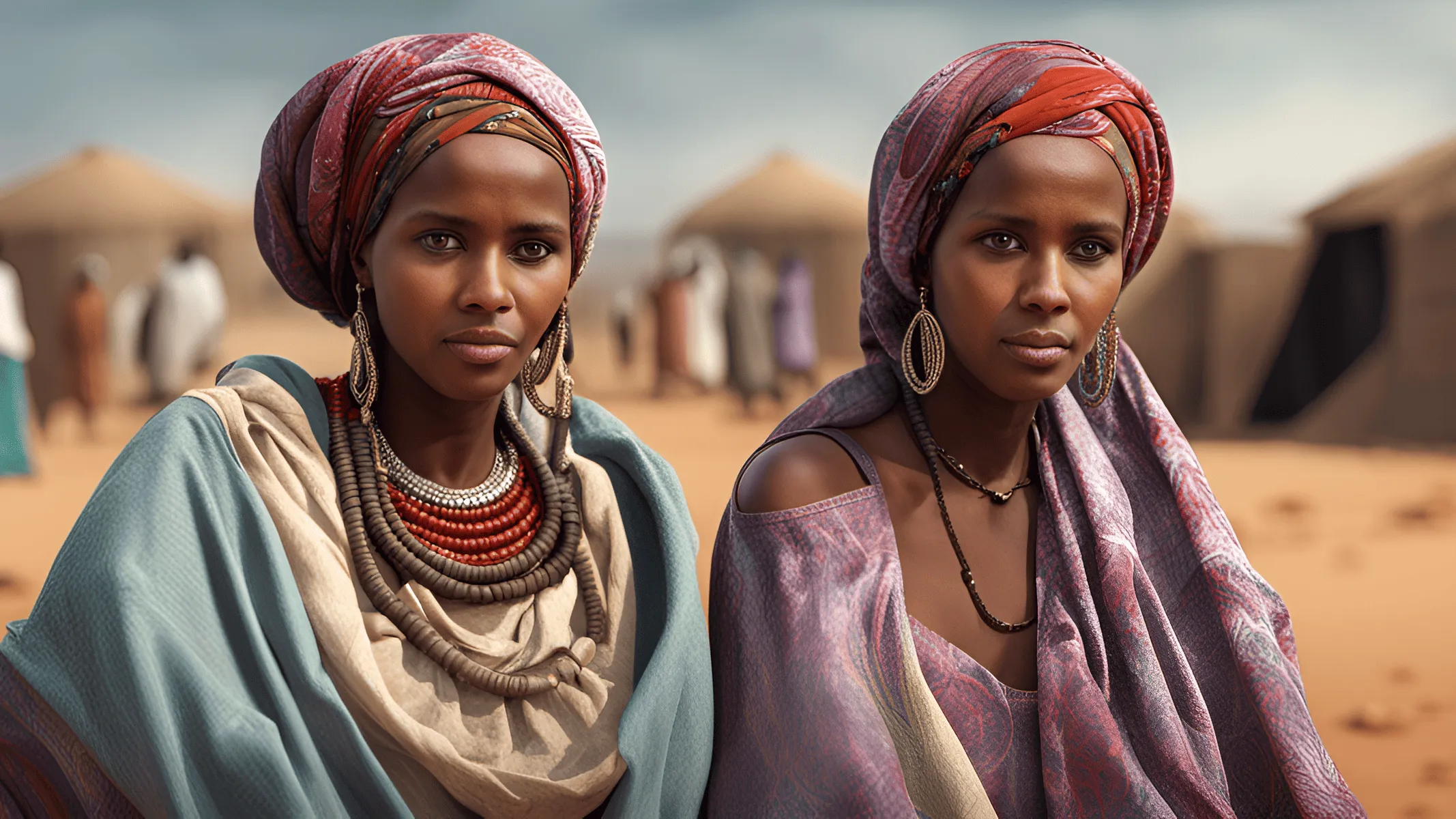Discovery tour
The past few weeks and months have been a journey of discovery. The capabilities of chatbots such as ChatGPT and Google Bard proved to be unprecedented – and that’s just what I discovered myself. And still discover…
However, ai art generators such as MidJourney, DreamStudio, Dall-E2, NightCafe, Leonardo, etc. that I have come to know (and am still learning to use better) as I developed this website, left me completely falling from one surprise to another. ‘Incredible, unimaginable, bizarre, unpredictable’ – terms that my partner also used frequently.
Photorealism and fake photos
And then I entered the AI studio where photorealistic photographs took center stage. A new addiction after all I’ve already had to sniff at AI at this age?
‘Taking pictures’ of people who did not exist at all in real life; fake pictures actually. And it works! You can find the first successful experiments in and below this post and in the expanded gallery Photorealistic Portraits under the Aitopic Art menu. The gallery contains more than 50 photorealistic portraits.

AI art generators
AI art generators use a form of machine learning known as a neural network to create portraits. Specifically, these systems use a type of neural network called a Generative Adversarial Network (GAN).
You can read how this process works on the following tabs.
Trainingsdata
First, the AI needs a large amount of training data. In the case of a portrait generator, this would be a large collection of photos of faces. The more variation in the training data (different ages, genders, ethnicities, lighting, expressions, etc.), the better the AI will be able to generate a wide range of portraits.
Generative Adversarial Network (GAN)
This network consists of two parts: the generator and the discriminator. The generator tries to create fake images that look like they are from the real dataset, while the discriminator tries to determine whether a given image is real (from the dataset) or fake (created by the generator).
Training process
During the training process, the generator and the discriminator are constantly trying to outperform each other. The generator tries to make better and better fakes to fool the discriminator, and the discriminator gets better and better at detecting these fakes.
Eventually, the generator learns how to create images that are almost indistinguishable from real photographs.
Selection
In creating the portraits associated with this article, I separated the wheat from the chaff – a clear division between portraits I found acceptable and less suitable images.
In each case, I generated one or more images with text prompts in the form of “A woman from Morocco” or “A make-up carnival celebrity from Maastricht,” etc.
You’ll finally see here and in the accompanying gallery what I consider the most successful (fake) photos of my experiment.
At a later date I will work with many other photographic aspects, use black and white, other techniques from the analog photographic world, etc.
Work on the website provides opportunities to learn numerous new aspects of AI art generators. Keep following my weblog.

Creating new images
Once trained, the generator can create new images. These are created by giving the network a random input (a “noise” vector) that the network converts into an image. By varying the input, the network can create an endless variety of unique portraits.
It is important to note that while these systems can create amazingly realistic images, they do not really “understand” what they are doing in the way artist and photographer do. They learn to recognize patterns in the data and replicate them, but they have no awareness or understanding of concepts such as “what is a face” or “what makes an image beautiful.”
It is also important to note that although the generated images are often amazingly realistic, they may still contain errors or contain unrealistic elements, especially if the input noise differs greatly from the training data.
Full-screen slideshow? Click on an image!
Klik voor een overzicht van alle gecreëerde galerijen of werken op aitopic.nl onder het menu Aitopic Art op Galerijen en/of Willekeurig.

